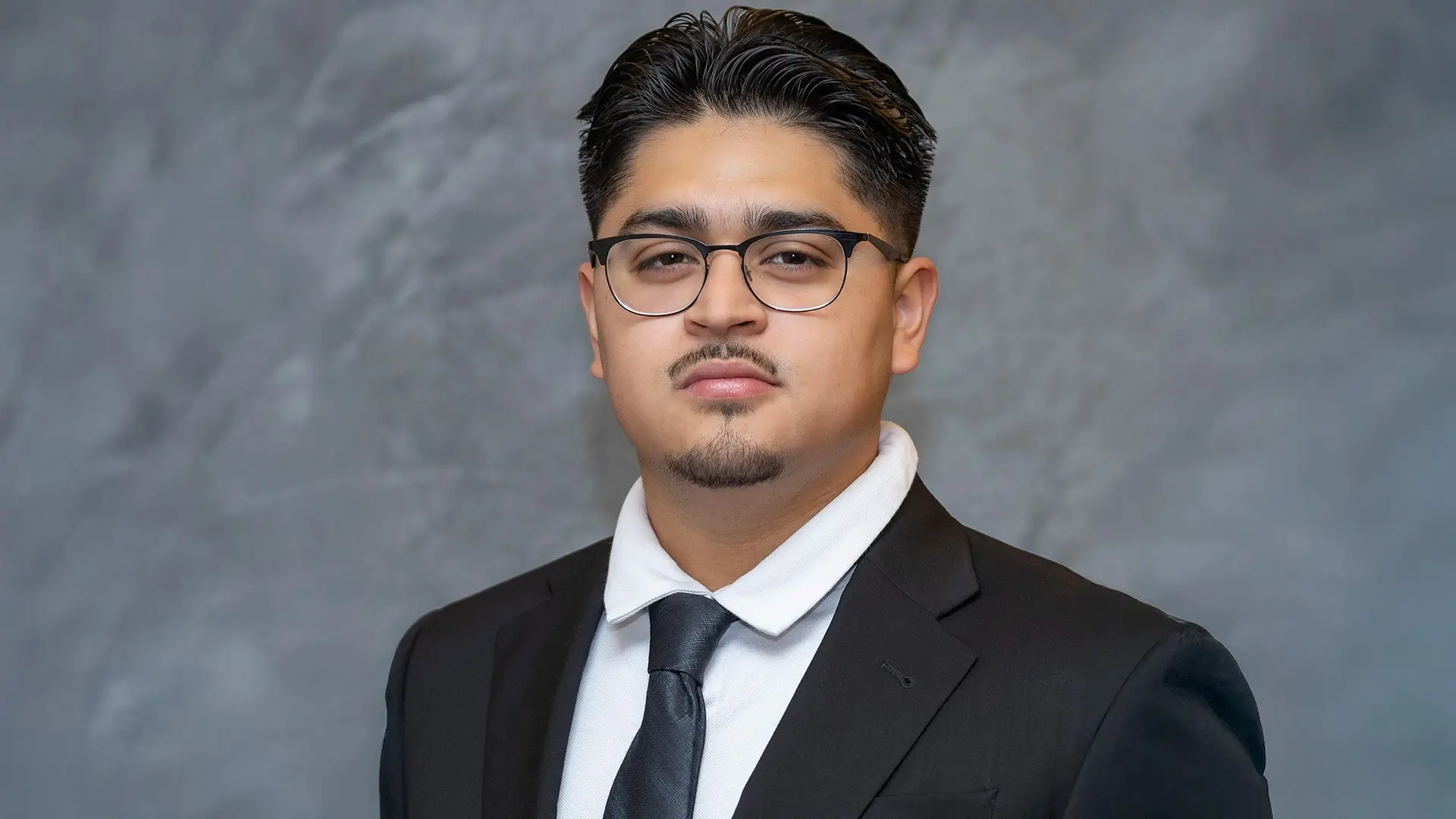By Oscar Arenas, Master’s student in Computer Science at California State University, Long Beach; ICT Intern (2025)
This summer, I worked at the intersection of AI and education, exploring how large language models handle the translation of science texts for K–12 students. My internship with the Learning Sciences group at the USC Institute for Creative Technologies gave me the opportunity to assess the readability, accuracy, and grade-level appropriateness of Spanish translations generated by LLMs. I built a bilingual corpus, applied the Fernández-Huerta and Szigriszt-Pazos metrics, and ran a full statistical analysis to evaluate performance across different models. It was exactly the kind of challenge I came to ICT hoping to tackle—technically rigorous, socially meaningful, and right on the edge of what’s possible with current AI.
I’m currently pursuing an M.S. in Computer Science at California State University, Long Beach, where I also completed my B.S. My academic focus lies at the crossroads of artificial intelligence and software engineering, a space I’m drawn to because it rewards both precision and imagination. I’ve seen firsthand how AI systems can be designed to help people—especially in learning environments—and that’s the kind of work I intend to carry forward after graduation. My aim is to become an AI engineer who builds practical, deployable systems for businesses, government agencies, and organizations working on real-world problems.
I learned about ICT through the DoD HBCU/MI Internship Program. When I saw that one of the labs was applying AI to improve educational equity, it immediately aligned with both my professional background and interests. The chance to help shape how students access scientific knowledge—especially across languages—felt purposeful, and I applied with the hope of contributing to a project that bridged technical depth and public good. I was fortunate to be selected.
My internship built on previous experience with the National Nuclear Security Administration, where I interned remotely as part of the Defense Nuclear Nonproliferation R&D office. There, I supported their Data Science portfolio by developing an ontology for Trustworthy, Effective, and Deployable AI—what we called TED-AI. I also created a VS Code extension using D3.js to help researchers upload and visualize structured datasets. In another project, I built an AI version of Pong where both paddles were autonomously controlled by agent systems—equal parts fun and functional. Those experiences gave me the foundation I needed to hit the ground running at ICT, and to contribute meaningfully to the Lab’s goals.
One of the most rewarding aspects of the summer has been the people. ICT is filled with specialists in areas I’d only read about before: NLP, computer vision, VR, AR, drones, and more. There’s a sense of intellectual generosity here—everyone’s building, thinking, refining. One day I found myself watching the Light Stage in operation, with hundreds of precisely-calibrated lights capturing facial geometry in extraordinary detail. Next, I was deep in conversation with a machine learning researcher over coffee, comparing notes on model fine-tuning. These kinds of interactions, both casual and technical, made the internship feel like a living, breathing masterclass in what AI research can be.
When I think about success, I think about building something end-to-end. Whether the outcome is perfect or flawed doesn’t matter as much as what you learn along the way. A complete project—designed, built, tested, delivered—teaches you more than theory ever could. That’s how I try to approach every opportunity, and that’s how I approached my time at ICT.
If I could give one piece of advice to future applicants, it would be this: bring something real. A prototype, a small demo, a thoughtful code snippet—anything that shows what you care about and what you can do. Passion is essential, but showing your thinking in action is what sets you apart. ICT is a place that rewards curiosity, not just credentials.
Only after arriving here did I take a moment to reflect on how far I’d come. I was born and raised across greater Los Angeles—in South Central, Bell, Watts, Long Beach, and South Gate. My parents didn’t have the opportunity to pursue formal education. Growing up, college wasn’t on the table. But with their support and the opportunity to attend Cerritos Community College, I found a new path. I went on to earn two associate degrees and gained admission to USC, UCLA, and several Cal State schools. I chose CSULB for its balance of quality and affordability and haven’t looked back since.
While I remain the only computer scientist in my family, I’m hopeful I won’t be the last. My long-term goal is to make technology more accessible—especially to students who may not see themselves represented in this field. For those of us who came into tech through the side door, it’s important to leave it propped open behind us.
This summer, I found my footing among a group of researchers, engineers, and interns all working to push the frontier forward. I contributed to a project I care about. I learned more than I thought possible. And most importantly, I left inspired to keep building.
//
